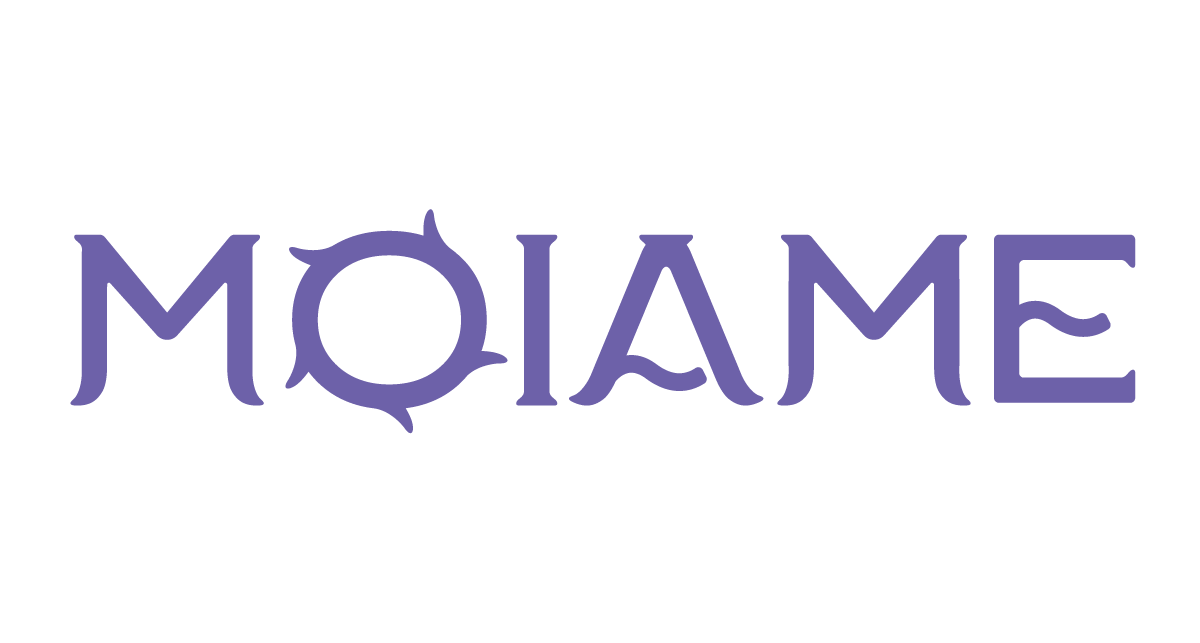The Evolution of Ancient Chinese Sexual Culture
Date:June 5,2025
Throughout the five-millennia evolution of Chinese civilization, sexuality has never been a marginal or purely physical act. Instead, it has been deeply embedded in cosmological patterns and the philosophy of yin and yang—a silent thread running through ancestral ritual, imperial power, literary imagination, and the tacit techniques of bodily cultivation. When we examine today’s culture of sexual consumption—be it the mechanical rhythm of vibrators or the power-play aesthetics of bondage kits—we are, in essence, listening to the modern echo of ancient practices: the spring palace paintings, Taoist bedroom arts, and the lyrical dramas of brothel lore.

In the pre-Qin era, sexuality had not yet been confined by religious dogma or moral frameworks. It moved with the rhythms of nature, understood as a cosmic force of creation. Totemic animals like dragons, snakes, and phoenixes symbolized fertility and regeneration—their intertwined bodies or soaring emergence reflected a mythological embodiment of sex. Modern subcultures such as Otaku, Cos Women, Dark or Fashion, as well as gothic and punk interpretations of gender, may be viewed as contemporary refractions of this archaic, generative energy.

In the imperial era, sexuality became increasingly institutionalized and ritualized—woven into courtly metaphysics and Daoist health regimens. The Han dynasty texts Su Nü Jing and Xuan Nü Jing served as manuals of sexual cultivation, transforming intimacy into an art of qi modulation. Much like how modern clitoral vibrators or anal plugs are rebranded as tools of bodily autonomy and erotic awakening, Han-era “female-nourishing” techniques fused physical practice with metaphysical aspiration.

The reckless elegance of the Wei and Jin periods temporarily unshackled sexuality from social order. The exploits of the Seven Sages of the Bamboo Grove resemble contemporary cosplay performances—ritualized disobedience, embodied critique.

The Tang dynasty elevated sexual culture into an artform. Just as modern sex toys are embedded into fashion narratives—clitoral vibrators disguised as jewelry, realistic sex dolls rebranded as "companions"—Tang literati embedded sexual imagery into lyrical scrolls.

In the Ming and Qing dynasties, Neo-Confucian suppression of desire ironically birthed erotic literary masterpieces. In urban streets, woodblock prints spread like erotic accessories; on scholar’s desks, silk scrolls were coveted like limited-edition dildos.

Brothel culture was a space where poetry, body, and craft merged. Much like the fantasies enabled by sex position pillows or erotic headbands today, brothels were stages of identity, emotion, and performance.

Thus, when we observe today’s taxonomy of erotic goods—from G-Spot Vibrators to Monster Dildos, from Sexy Lingerie to Trans Sex Dolls—we witness humanity’s enduring effort to rename and reimagine the body, desire, and identity itself.


Share:
The Surprising Mental Health Benefits of Masturbation Science, Stress & Self-Care
Ancient Chinese Sex Culture and Erotic Art: Secrets of Spring Palace Paintings and Historical Sex Toys